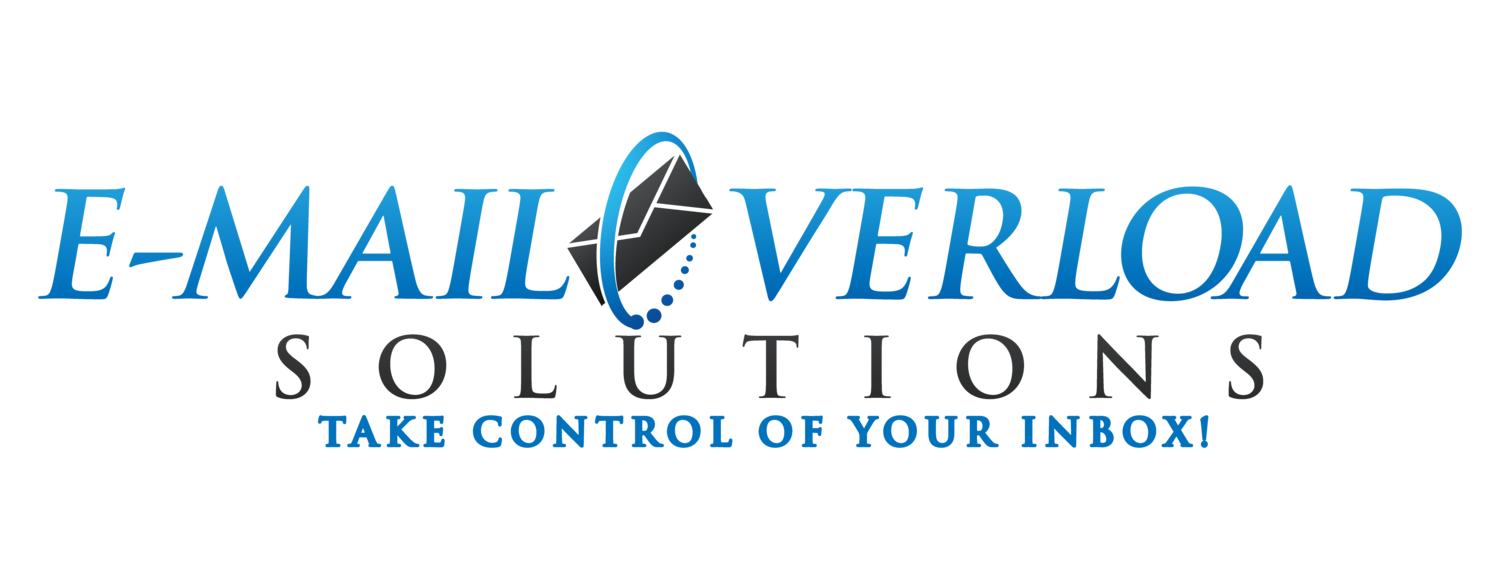Email Interruptions: A Primer
/Email interruptions comprise a significant portion of a worker's daily interruptions, with some workers receiving as many as 200 to 300 Email interruptions a day.
Knowledge workers typically work on a task for only three minutes before being interrupted, with typical interruptions including e-mails, phone calls, text messages, and (of course) those pesky co-workers.
According to interruption research, Email interruptions are composed of three stages:
- Switching – Time to switch to the new task
- Processing – Time to process the new task
- Resumption – Time to resume the original task
Interruptions result in:
- loss of memory accuracy
- decreased decision accuracy
- increased decision time for the interrupted task
- Omissions (forgetting) and errors (distortions) of the original task
“Emails comprise a significant portion of a worker’s interruptions, and a typical knowledge worker receives 50 to 100 work-related Emails a day, with some receiving as many as 200 to 300 in 24 hours.”
Research has found that the average time to recover from an Email interruption is approximately 65 seconds. So for someone receiving 100 Emails a day, approximately two hours a day is lost in Email interruption recovery time alone.
The average Email session lasts for 47 seconds, so when you factor in both the Email interruption time and the e-mail distraction time, the result is that workers spend an average of two to four hours per day processing Email, accounting for 25% to 50% of their daily time.
And in an eight-hour workday, 100 Emails a day results in an interruption nearly every five minutes if Email is continually monitored, as is done by most workers.
“The net result of the impact of interruptions on your work can be significant, which can result in a significant, cumulative time loss, with estimates as high as 28 percent of the workday!”
So what are some of the suggested approaches to deal with the impact of these constant interruptions?
Interruption Recommendations:
- "Set defined timesto review new Email messages.
- Avoid getting side-tracked and stay focused on important work.
- Don't respond immediately to Email messages, except if critical issues.
- Eliminate notifications for new Email messages
- Reduce irrelevant and non-essential Emails.
- Reduce the quantity of incoming Email message
“Life is 10% what happens to you and 90% how you react to it.”
So make the personal choice to stay focused, eliminate distractions, and process e-mail as just another one of your scheduled work activities.
And remember, you "get less if you send less"!
References:
Denning, P. (2002). Internet time out. Communications of the ACM, 45(3), 15-18. doi:10.1145/504729.504742
González, V., & Mark, G. (2004). Constant, constant, multi-tasking craziness: Managing multiple working spheres. Human Factors in Computing Systems: Proceedings of CHI'04 (pp. 113-120). New York, NY: ACM Press. doi:10.1145/985692.985707
Gupta, A., Sharda, R., Ducheneaut, N., Zhao, J., & Weber, R. (2006). E-mail management: A techno-managerial research perspective. Communications of AIS,17, 2-39.
Hair, M., Renaud, K., & Ramsay, J. (2006). The influence of self-esteem and locus of control on perceived email-related stress. Computers in Human Behavior, 23(6), 2791-2803.
Ingham, J. (2003). E-mail overload in the UK workplace. Aslib Proceedings, 55(3), 166-180. doi: 10.1108/00012530310472651
Jackson T., Dawson R. J., & Wilson D. (2001). The cost of email interruption. Journal of Systems and Information Technology, 5(1), 81-92. doi: 10.1108/13287260180000760
Jackson, T., Dawson, R., & Wilson, D. (2003a). Reducing the effect of email interruptions on employees. International Journal of Information Management, 23(1), 55-65. doi:10.1016/S0268-4012(02)00068-3
Jackson, T., Dawson, R., & Wilson, D. (2003b). Understanding email interaction increases organizational productivity. Communications of the ACM, 46(8), 80-84.
Mark, G., Gonzalez, V., & Harris J. (2005). No task left behind? Examining the nature of fragmented work. Human Factors in Computing Systems: Proceedings of CHI'05 (pp. 321-330). New York, NY: ACM Press. doi:10.1145/1054972.1055017
Oulasvirta, A., & Saarilouma, P. (2004). Long-term working memory and interrupting messages in human-computer interaction. Behavior & Information Technology, 23(1), 53-64. doi:10.1080/01449290310001644859
Russell, E., Purvis, L., & Banks, A. (2007). Describing the strategies used for dealing with email interruptions according to different situational parameters. Computers in Human Behavior, 23(4), 1820-1837.
Speier, C., Vessey, I., & Valacich, J. (2003). The effects of interruptions, task complexity, and information presentation on computer-supported decision-making performance. Decision Sciences, 34(4), 771-797.
Spira, J., & Feintuch, J. (2005).The cost of not paying attention. How interruptions impact knowledge worker productivity.
Venolia, G., Dabbish, L., Cadiz, J., & Gupta, A. (2001).Supporting email workflow (MSR-TR-2001-88). Microsoft Research.
Zeldes, N., Sward, D., & Louchheim, S. (2007). Infomania: Why we can't afford to ignore it any longer. First Monday, 12(8), 1.












